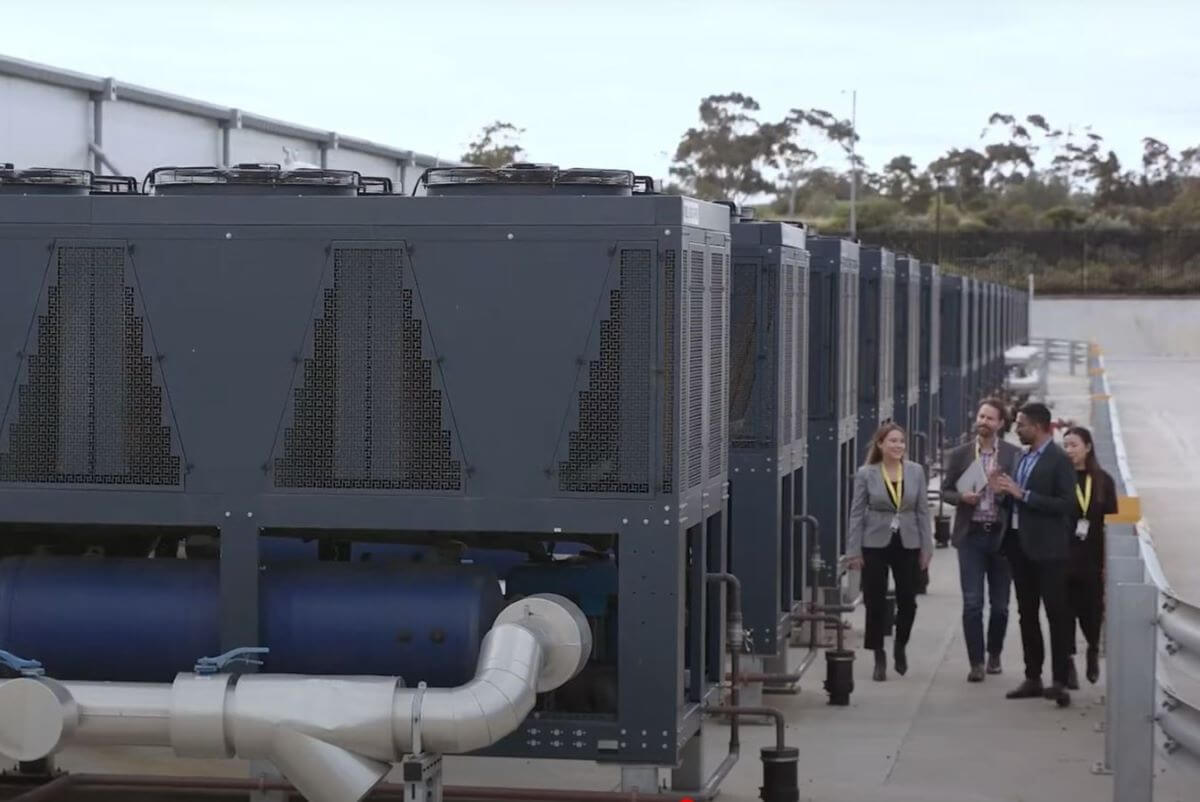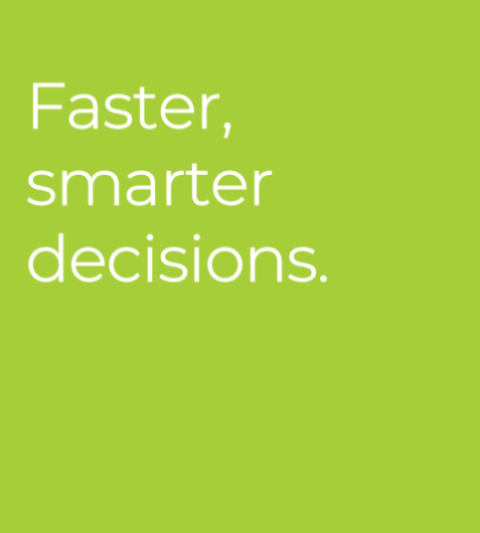Digital infrastructure
Melbourne and Australia stand at the forefront of digital transformation, offering businesses a strategic advantage through world-class digital infrastructure.
As a major technology hub of Australia, Melbourne provides seamless connectivity through ultrafast broadband, extensive 5G networks, and cutting-edge data centres.
Victoria’s digital ecosystem delivers reliability, innovation, and scalability. With direct links to major global markets via undersea cables, Victoria is perfectly positioned as a gateway for international businesses.
Discover how Victoria’s digital infrastructure can support your business and connect you to a world of opportunity.
Key digital infrastructure advantages
- 98.8% of the Australian population is covered by 4G or 5G networks1 and 99% of Melbourne is covered by 5G
- Melbourne is the fastest growing edge metro globally, with a 45% CAGR.2
This means our edge computing infrastructure, such as data centres, cloud services, and network connectivity, is expanding at a higher rate than other cities worldwide - Melbourne is one of Australia’s largest data centre hubs, accounting for 20% of the nation’s capacity
- By 2026, Melbourne’s data centre ecosystem is projected to reach 102 Tbps,1 providing businesses with world-class storage, high-speed processing, and scalable solutions.
Internet connectivity
Broadband
Victoria offers one of Australia’s most advanced and best-connected broadband networks, with services including the National Broadband Network. 82% of homes and businesses located within NBN’s fixed line footprint can access the highest residential wholesale speed of up to 1 Gbps in metropolitan areas.3
5G coverage
Free Wi-Fi
Victoria offers free public Wi-Fi to improve internet access for those without affordable or easy access. It also supports flexible work, study, travel and communication. The Victorian Government provides free public Wi-Fi in 11 locations, including Ararat, Bendigo, Ballarat, Cremorne, Geelong, North Geelong, Horsham, the Latrobe Valley, Melbourne CBD, Morwell, and Shepparton.
Global links
Up to 99% of with world’s data travels via undersea fibre optic cables, providing Melbourne with direct access to major international markets. This provides a fast and reliable method of international data transmission, with reduced latency.
Data centres
Australia’s data centre capacity is rising fast, driven by rising demand for cloud computing, AI-powered applications and sustainable operations. The market projected to grow from $2.5 billion in FY23 to over A$6.1 billion in FY281.
Melbourne is one of Australia’s largest data centre hubs, with more than 230 co-location data centres and accounting for 20% of national capacity. This is set for significant growth in the next decade as operators continue to expand their footprint in Victoria.
The city is home to a growing network of state-of-the-art facilities, operated by global leaders such as Equinix, Digital Realty, and NEXTDC. Strategically located in key locations such as Port Melbourne and Melbourne CBD, these data centres offer high-speed, low-latency access to data storage and processing solutions.
Victoria's data centres provide cutting-edge technologies such as cloud hosting, disaster recovery, and colocation services. Many facilities also comply with international certifications such as ISO 27001 for information security and Tier III for operational uptime.
Victoria's data centres are increasingly embracing sustainability, with many powered by renewables, supporting the state's commitment to green infrastructure.
Low-Earth Orbit (LEO) satellites
Australia is integrating Low Earth Orbit satellites into its infrastructure, providing high-speed, low-latency connectivity. This technology is particularly valuable for businesses operating in remote or regional areas, ensuring uninterrupted access to cloud services and real-time data.
While this is an emerging space, SpaceX’s Starlink, the largest LEO satellite network globally, currently provides the most extensive and accessible LEO satellite network with all of Australia’s landmass being covered.
New providers are ramping up capability and it is expected that this will be a competitive area into the future.
Government investment in digital infrastructure
Australian Government investment
The Australian Government leads national efforts to improve telecommunications services, with several programs aimed at enhancing mobile and broadband infrastructure.
Many of these initiatives have been co-funded by the Victorian Government.
Initiatives include:
- Mobile Black Spot Program
- Peri-Urban Mobile Program
- Strengthening Telecommunications Against Natural Disasters (STAND) Program
- Regional Connectivity Program
Victoria has benefited from these programs, with significant funding allocated, ranking second among all states and territories.
Green data centres are a priority for both users and government. The Australian Government offers two funding programs to help offset the cost of building these sustainable facilities:
- Industrial Energy Transformation Studies program provides funding for engineering and feasibility studies to help organisations identify ways to lower energy costs and reduce emissions
- Clean Building Management Investment Trust reduces the withholding tax concessions for managed investment trusts, lowering the rate from 15% to 10%.
These initiatives support the development of environmentally friendly data centres in Australia.
Victorian Government investment
The Victorian Government is making Victoria the most connected state in Australia by investing in mobile, broadband and Wi-Fi infrastructure through the Connecting Victoria program.
The program will deliver more than 1,200 mobile projects and more than 180 broadband projects by 2026.
Work is happening now through partnerships with telecommunications providers to:
- create more business-grade broadband zones
- give more residents access to high-speed broadband
- increase mobile coverage
- help more places become 5G-ready
- bring free public Wi-Fi to regional centres
- improve access to safety information during bushfires and other emergencies.
Need assistance? We are here to help
We can help you understand how a Melbourne location may benefit your business.![]()
- Telstra Wholesale Mobile Network | Coverage Map | Telstra Wholesale – accessed 4/2/2025
- Equinix’s 2023 Global Interconnection Index - Accessed 1 September 2024
- How we're tracking: December 2024 | nbn – accessed 4.2.2025





